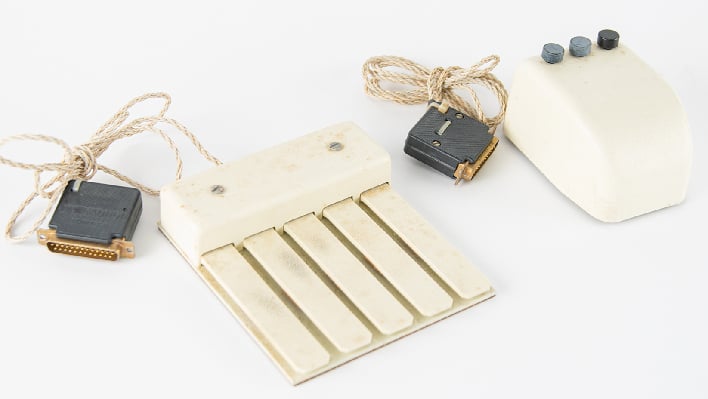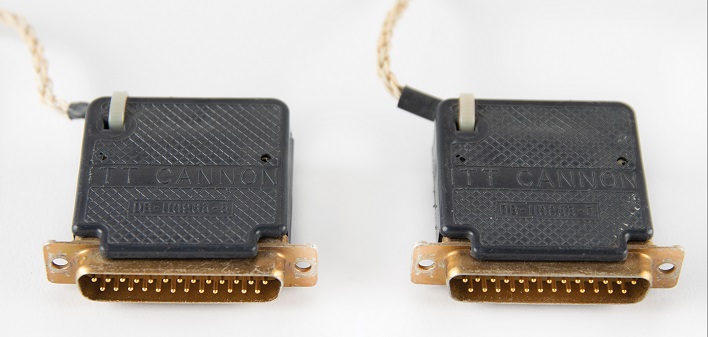Ultra-Rare Computer Mouse Brings Home The Cheese Fetching $179K At Auction

The early three-button compute mouse uses two metal discs on the bottom that correspond to the X-axis and Y-axis to locate the position of the cursor. The coding keyset utilizes five keys, which permit 31 key-press combinations for typing and entering commands.

The auction purchase included a detailed letter of provenance from David A. Potter, who acquired these in the course of his work as a member of Engelbart's pioneering research team at SRI International. It also includes a packet of slides from a presentation on the adoption of Engelbart's ideas and the flow of technological development through various companies is remembered for founding the field of human-computer interaction and for his development of the computer mouse, according to the description by RR Auction.
The auction house had estimated the lot would sell for around $15,000, but ended up selling for $178,936. It was included in a series of auctions titled "Steve Jobs and the Apple Computer Revolution." It went for more money than other items, such as the original Apple Lisa ($81,251) and a sealed first-generation iPhone which fetched $54,904.
Bobby Livingston, Executive VP at RR Auction where the computer mouse sold, remarked, "Englebart's invention would, in part, change the course of modern life. This device played a crucial role in the evolution of computer history."


